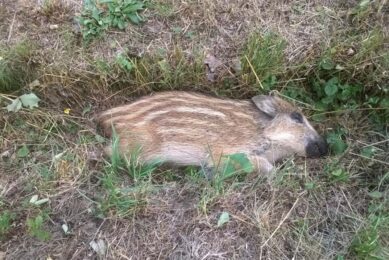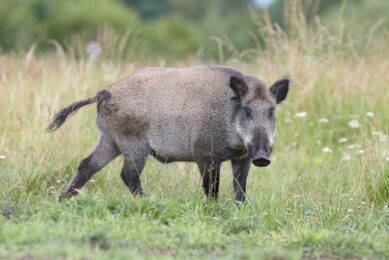Big savings from small piglets
The month of January has been a good month for piglet producers in Europe, with prices reaching the €50 psychological barrier. What happened? It was only a year and a half ago when piglets were practically free of charge! The answer is not that easy to formulate.
First, there was a chronic problem with oversupply as producers had increased the sow herd in response to previous high prices for pork. Then, with the global financial crisis, many producers started going out of business whereas even more started downsizing in a market where they were losing money fast. And finally, environmental regulations getting tougher by the day make expanding hard even where pig production remains profitable.
Needless to mention here the lack of funding from the banks.
Pigs as valuable commodity
So, piglets have become a valuable commodity and by all means it appears they are going to remain so for some time. In such times, one casts a very apprehensive eye on things like pre-weaning mortality.
Now statistics are not just numbers. Every piglet is worth a €50 banknote and this makes an impression. I must say, I have received numerous calls in the past six months regarding ways to cut down mortality in the farrowing house and this is a summary of what I believe is a good preliminary plan.
Financial assessment
Before implementing any new intervention strategies, it is important to run a projected cost versus profit analysis. For example, in a herd with a very low pre-weaning mortality, it will be very difficult (costly) to reduce it even further, and any projected savings will be eroded fast by expenditure. In other cases, where pre-weaning mortality is running high it might not be feasible at all to invest in reducing it due to lack of available funds. So, money first!
Training
Having established that reducing pre-weaning mortality is a financially beneficial investment, the next step is to identify the appropriate staff to work on this project. The right person for the right job has never been a cliché better used than in this place!
It certainly takes a person with a personal approach to dealing with sick and small-sized piglets. Plus, training should come from an experienced source to avoid delays from learning-on-the-job and ensuring things run smoothly from the very beginning.
Specialists
Working in isolation is rarely the path to follow for the modern pig producer. Specialists must be consulted! The first should be the veterinarian to help improve health status. This means not only medications, but improving some management routines to raise the hygiene level of the whole farm. Next comes the facilities specialist. Mortality in newborn piglets is sometimes as easy to resolve as fixing or adjusting the farrowing crates.
Finally, once these two aspects are working, the nutritionist enter the picture to ensure the extra piglets, which are usually disadvantaged compared to their littermates, receive appropriate nutrition so that they make it to weaning time!
But, for that, we shall talk more next month!
Join 18,000+ subscribers
Subscribe to our newsletter to stay updated about all the need-to-know content in the pigsector, three times a week. Beheer
Beheer










 WP Admin
WP Admin  Bewerk bericht
Bewerk bericht